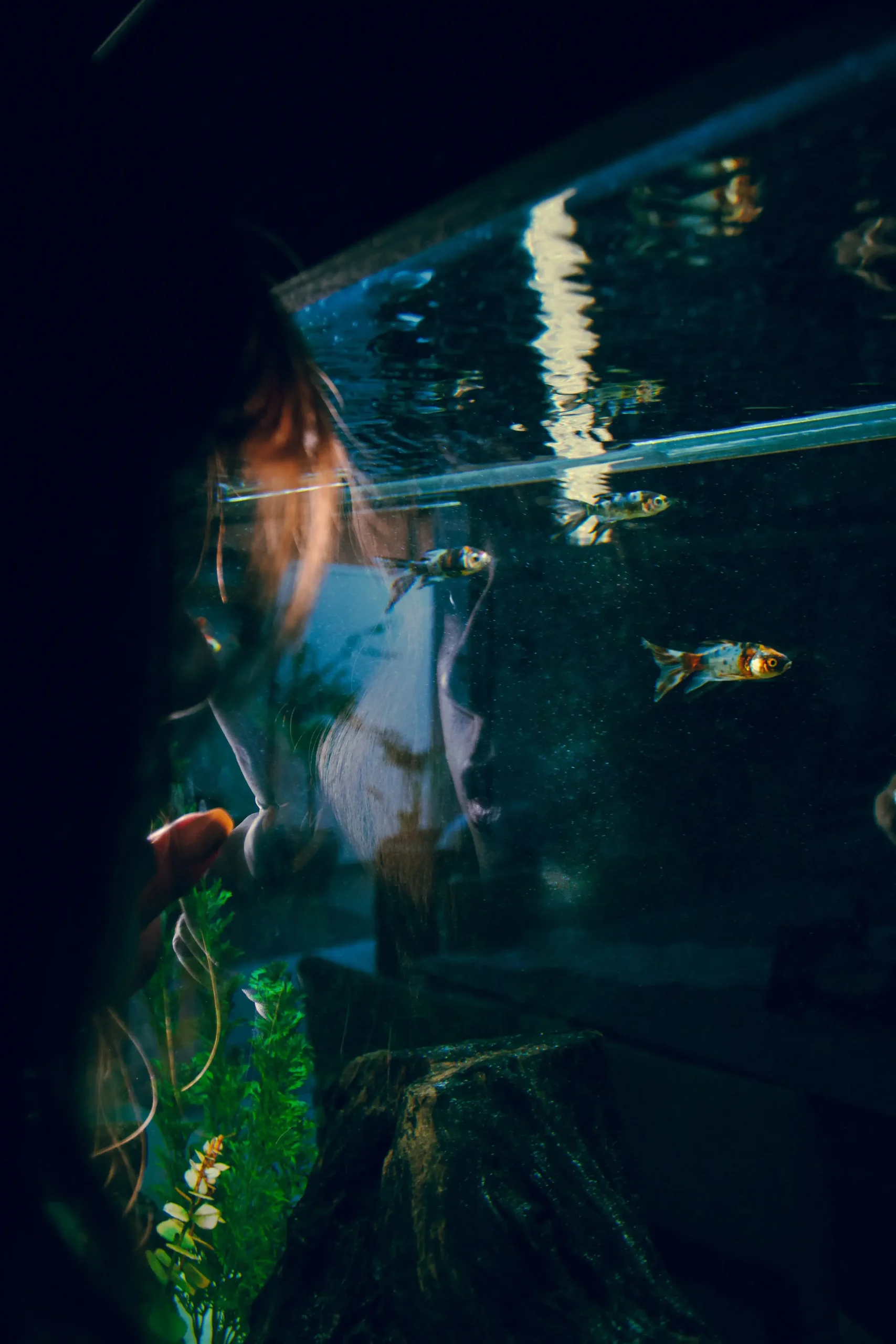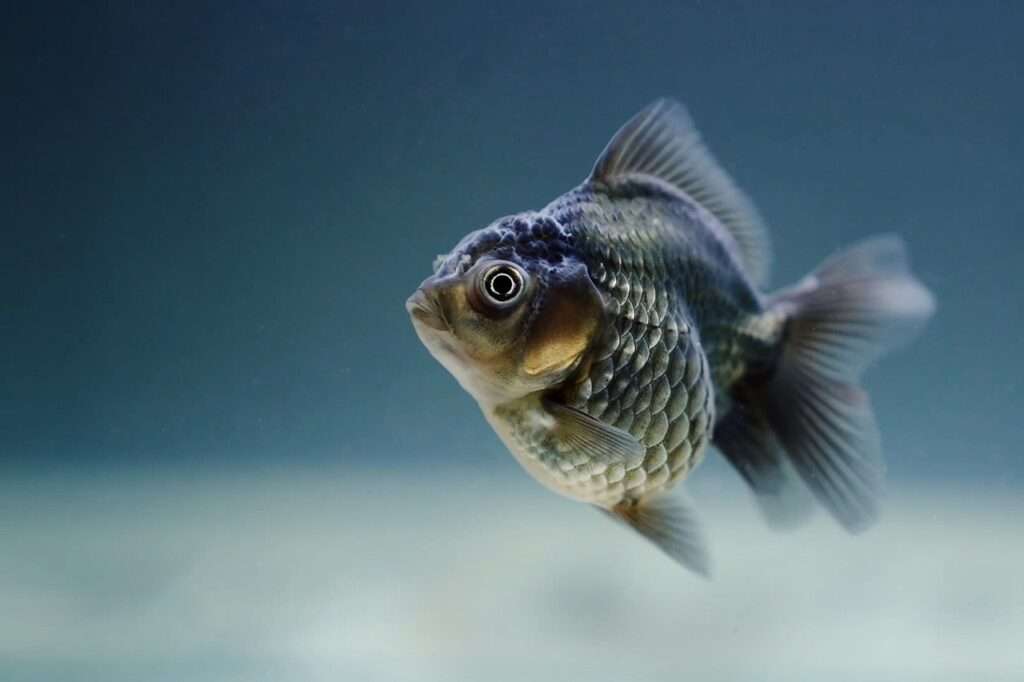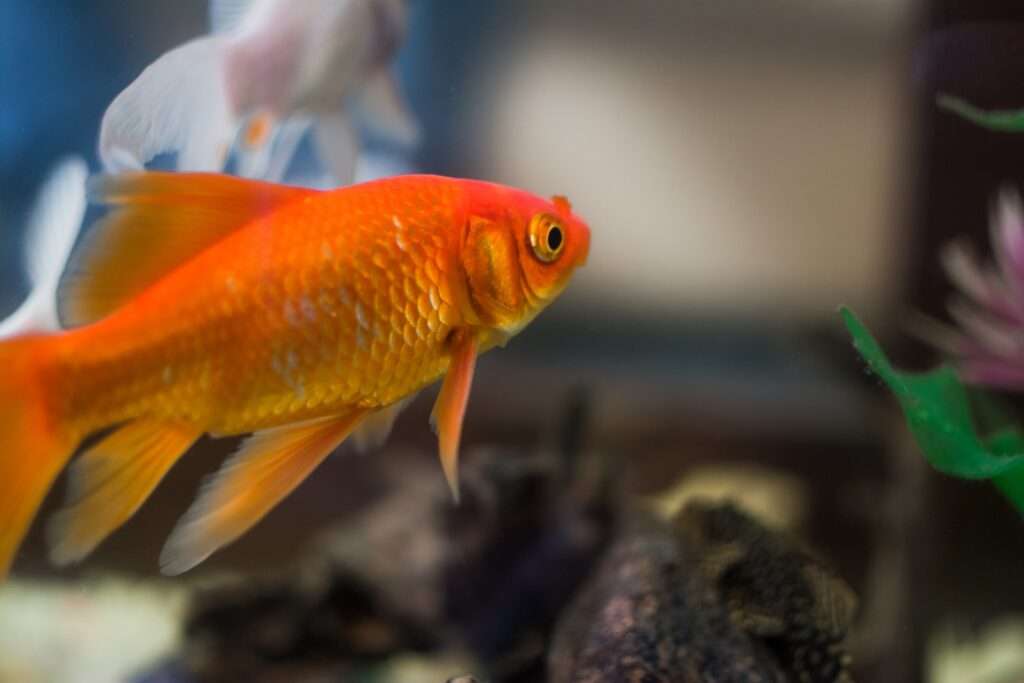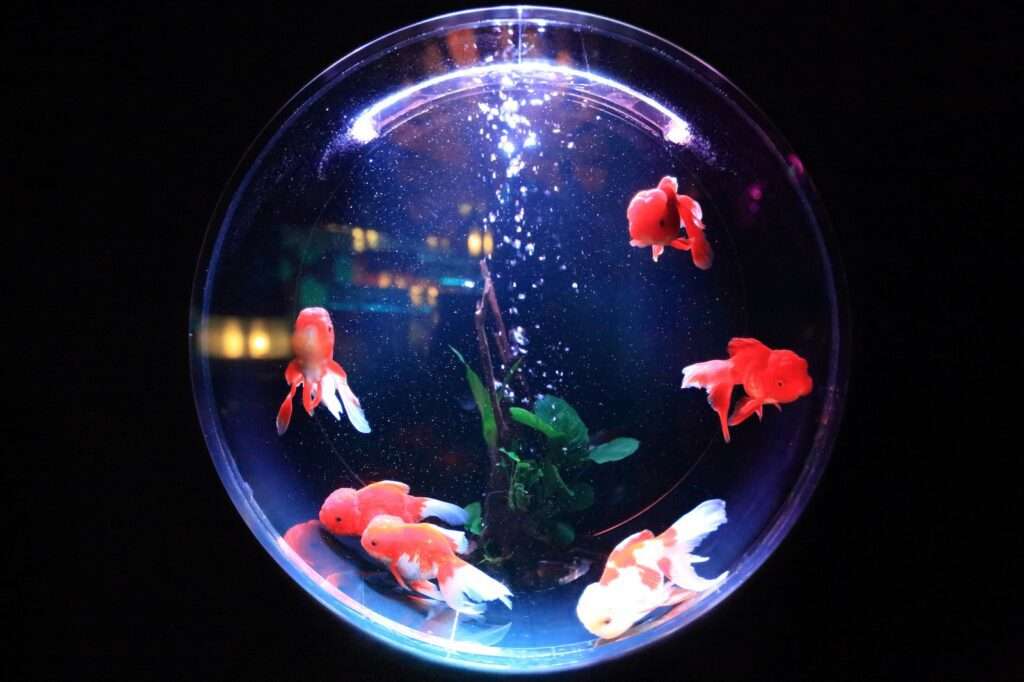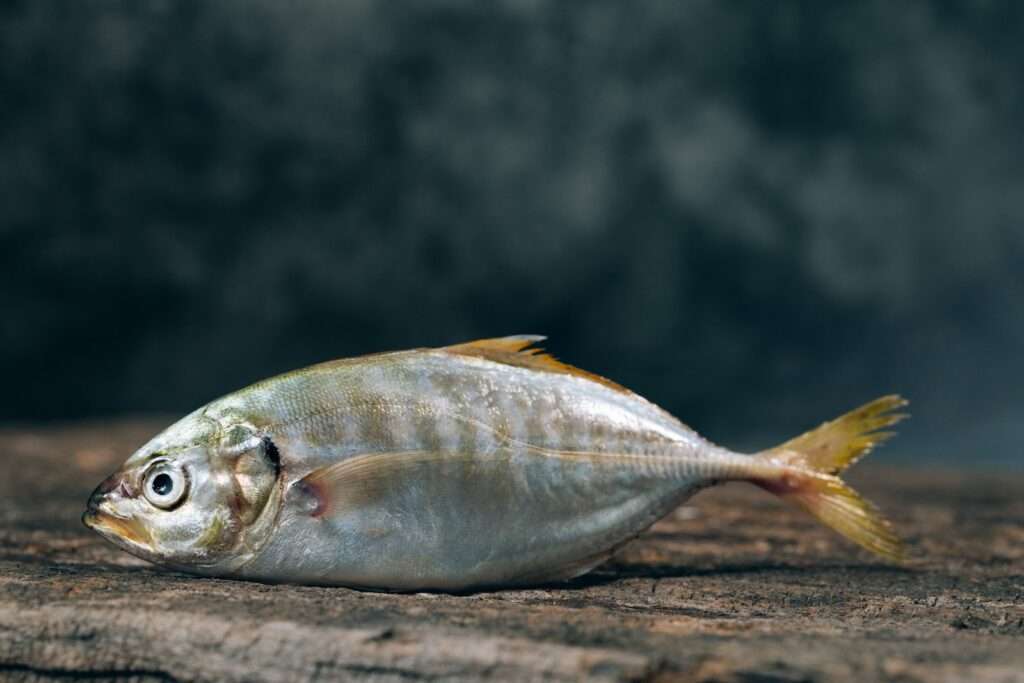Preventing and managing aggressive behavior in community tanks is crucial for maintaining a harmonious environment for all fish species. Understanding the causes of aggression and implementing preventive measures can help mitigate conflicts and promote the well-being of tank inhabitants.
Aggression in community tanks can be caused by various factors. Territorial behavior is common among fish, especially cichlids, who defend their chosen areas within the tank. Breeding or spawning aggression may arise when fish become highly territorial to protect their eggs or nest. Resource competition, such as limited food or hiding spots, can trigger aggression among tank mates. Additionally, mixing fish with incompatible temperaments or different water requirements can lead to constant stress and aggression.
To prevent aggression in community tanks, it is crucial to research and plan before assembling a tank. Carefully consider the compatibility of fish species, their temperaments, and preferred tank conditions. Providing sufficient space is essential to accommodate the specific needs and territories of the fish. Incorporating ample hiding spots, caves, and plants within the tank offers refuge to fish seeking respite from aggression. Regularly monitoring and maintaining appropriate water quality parameters helps reduce stress and prevent aggression. Introducing new fish gradually allows them to adjust and establish their place within the tank hierarchy without immediate aggressive interactions.
Managing aggressive behavior in community tanks requires close observation. Identifying aggressive individuals is the first step in addressing the issue. If aggression persists despite preventive measures, consider temporarily or permanently removing the most aggressive fish to ensure the well-being of other tank inhabitants. Rearranging tank decor, such as decorations, rocks, or hiding spots, can help disrupt established territories and reduce aggression. Adequate feeding is essential to minimize resource competition and aggression caused by hunger. Providing alternative focal points, such as floating toys or feeding rings, can divert aggressive behavior and reduce conflicts.
Some frequently asked questions about aggression in community tanks include whether aggressive fish can be kept in such tanks, how to identify signs of aggression in fish, whether adding more fish can reduce aggression, and if there are any natural peacemakers in community tanks. It is generally not recommended to keep highly aggressive fish in community tanks, as they can cause stress and harm to other tank mates. Signs of aggression in fish include chasing, biting, fin nipping, or displaying flared fins. Adding more fish to an aggressive community tank is unlikely to reduce aggression, as overcrowding can exacerbate the issue. Certain fish species, such as Plecos and certain tetras, are known for their calm temperament and ability to diffuse aggression among tank mates, but individual fish temperaments can vary.
The timeline for aggression to subside after rearranging tank decor varies for each fish species. It may take anywhere from a few hours to a few days for fish to adjust and establish new territories peacefully. By implementing preventive measures and managing aggression promptly, fishkeepers can create a harmonious community tank where fish can thrive and coexist peacefully. Regular monitoring and adjustments are essential to ensure the well-being of all aquatic friends.


